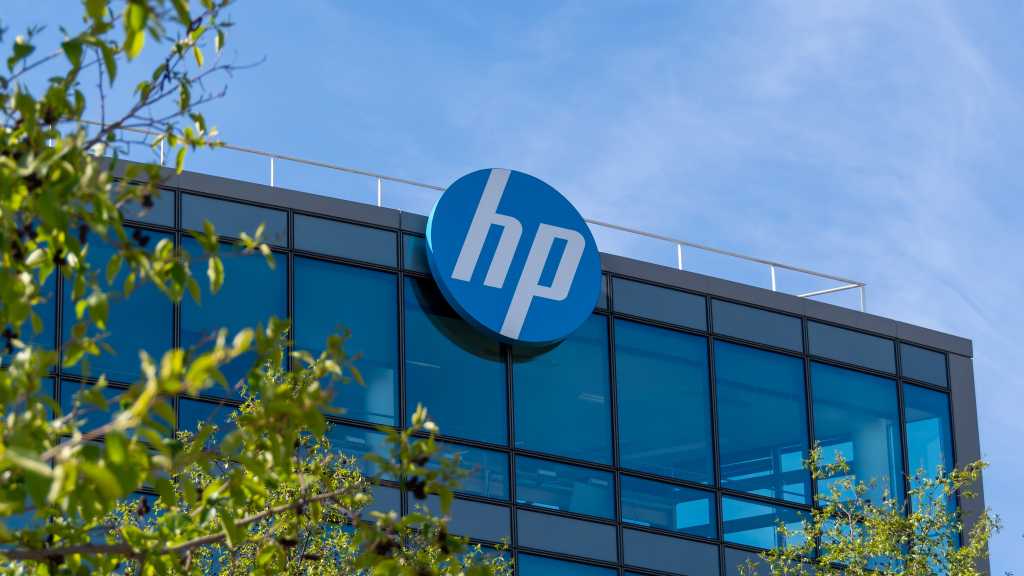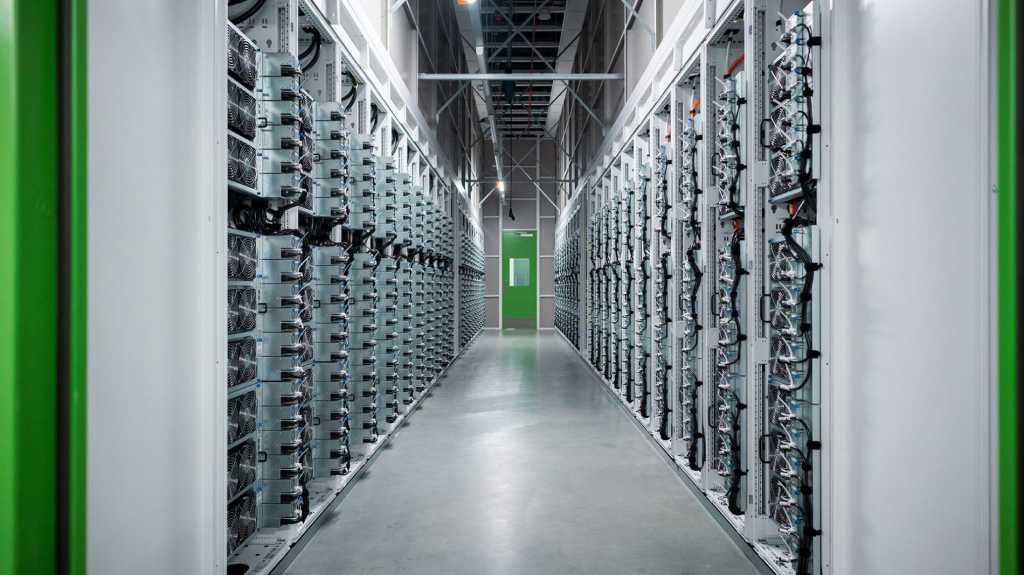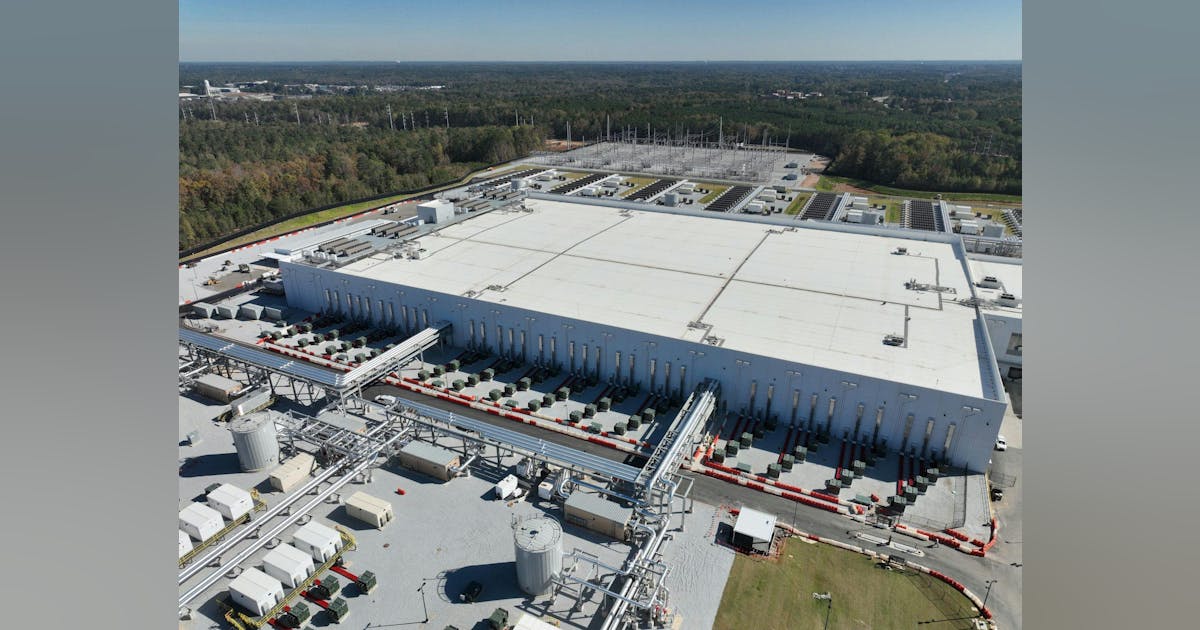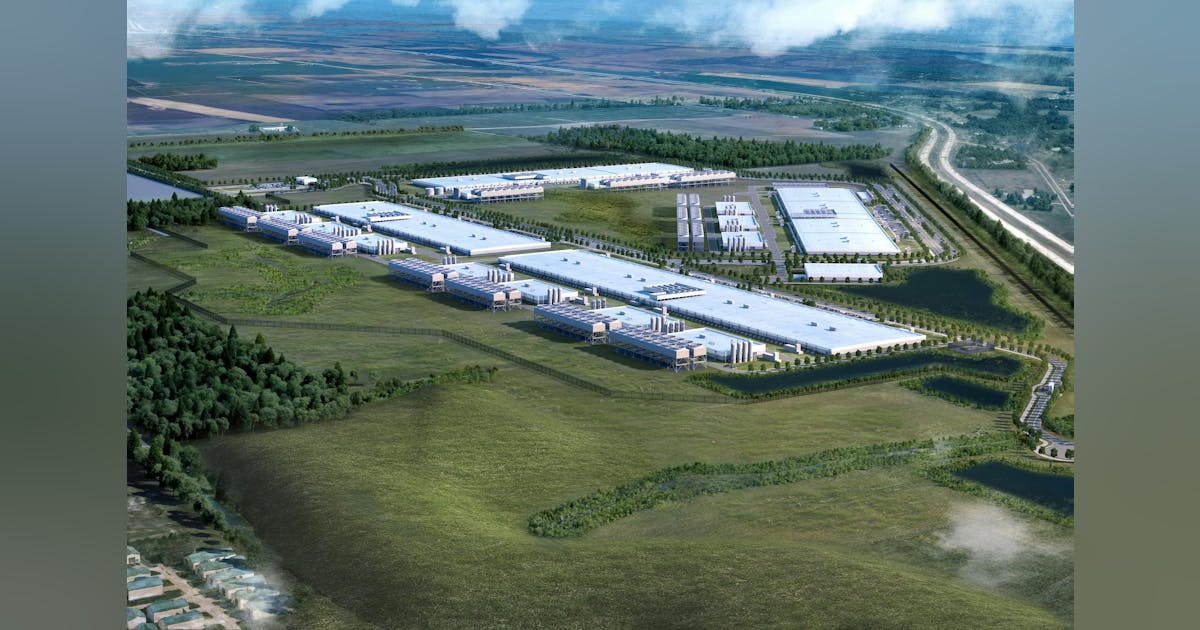
Analysts question the AI narrative
While HP framed the initiative as an AI-driven transformation, analysts questioned whether the cuts were genuinely driven by AI productivity gains or more conventional cost pressures.
“HP’s latest workforce reduction appears to be driven more by cost containment than any near-term gains from artificial intelligence,” said Sanchit Vir Gogia, chief analyst at Greyhound Research. “While the company has positioned this move as part of its broader AI pivot, the financial signals suggest a more conventional story: soft PC demand, surging component prices, and margin pressure across core business lines.”
The cuts followed earlier workforce reductions at HP. In February, the company eliminated 1,000 to 2,000 employees. Before that, HP’s “Future Ready Transformation” program, launched in November 2022, ultimately affected 9,400 employees. The cumulative workforce reductions raised concerns about operational continuity.
Enterprise buyers face service, pricing uncertainties
For CIOs planning hardware refreshes or managing vendor relationships, the restructuring raised questions about service levels and delivery, while memory cost pressures signaled likely price increases ahead.
Some operational issues were already surfacing at HP and other vendors undergoing similar restructuring, according to Gogia. “Some HP clients have reported slower warranty turnarounds and less predictable inventory updates since regional support teams were restructured,” he said.
“CIOs should speak with account teams to understand what’s changing, clarify who remains responsible for delivery, and revisit any support or service agreements that were signed before the restructuring began,” Gogia said.





















